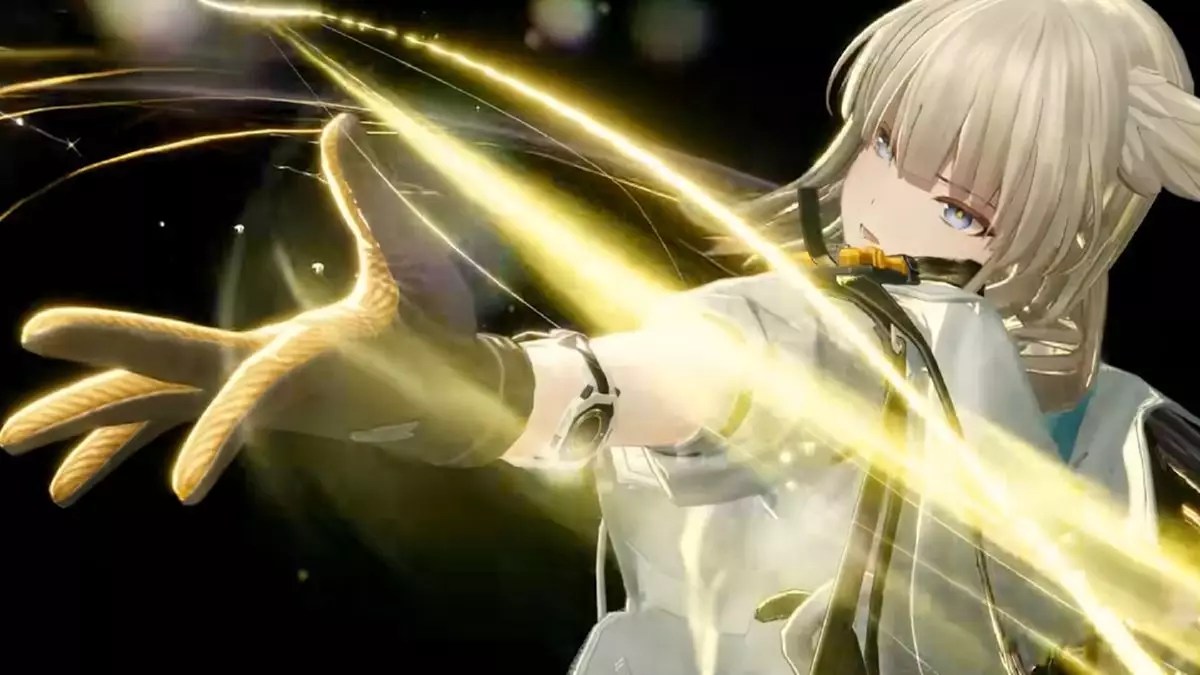In the rapidly evolving world of video games, few titles have had as profound an impact as “Black Myth: Wukong.” This Chinese creation has not only achieved commercial success but has also transformed how the global gaming community, particularly in Japan, perceives the Chinese gaming market. The response from Japanese developers, who have begun to recognize the artistry and technical prowess present in Chinese games, highlights a significant shift in cultural and professional perceptions across borders.
A recent Twitter thread, brought to light by Automaton, illustrates the admiration flowing from Japanese developers towards their Chinese counterparts. In discussing “Arknights: Endfield,” a base-building RPG by Hypergryph, Alwei of Indie-Us Games argued that the primary difference between Chinese and Japanese games lies not merely in graphics but in the realm of animation. This emphasis on animation encompasses various aspects—from character movement to physics and camera work. The seamlessness with which these games guide player perception adds a layer of sophistication seldom seen in domestic titles.
Visually, “Arknights: Endfield” appears to follow the archetype of a typical gacha game; however, a deeper analysis reveals that the gameplay animations possess extraordinary fluidity. This attention to detail results in a viewing experience that captivates players, setting new standards for what players can expect from interactive entertainment. It’s an artistic conversation that promises to elevate global gaming standards by pushing developers to innovate and enhance their creative practices.
An intriguing point raised by Alwei talks about the abundance and accessibility of animators in China, suggesting a crucial factor that might enable Chinese game developers to outpace their Japanese counterparts. As the demand for exceptional animation rises, the burgeoning pool of talent in China offers the potential for production on an unprecedented scale. Herein lies a stark economic reality: development budgets and workforce allocations in China starkly eclipse those available in Japan.
Illustrator Shiba_29 added a compelling perspective to this discussion. According to him, Chinese game projects often employ ten times the resources of a typical Japanese title. This staggering scale translates into finely polished animation and larger-scale projects, which are often unimaginable within Japan’s traditional development frameworks. The numbers involved in production reflect not just financial investment but a commitment to pushing the envelope in game development.
Beyond the sheer numbers, one of the standout factors that differentiate the Chinese gaming industry from Japan’s is the perceived creative liberties taken by developers. Shiba_29 noted that the “free-spirited” approach, which embraces bold and unconventional ideas, contributes significantly to the uniqueness of animations and overall game design. While Japanese games often adhere to established norms and frameworks, Chinese developers are seemingly unafraid to experiment with wild concepts and visually arresting themes. This creative daring can lead to animations that are more expressive and memorable.
Though these differences between the two regions’ gaming industries are pronounced, they are not necessarily indicative of a rivalry but rather reflect the broader narrative of globalization in creativity. The concerted efforts of Chinese developers to innovate within the thriving mobile and gacha game segment offer Japanese developers a unique opportunity to learn and adapt. As both industries grow, we may witness a crossover of ideas that enrich both markets.
In summation, the success of games like “Black Myth: Wukong” and the burgeoning acclaim for titles such as “Genshin Impact” illustrate a dynamic shift in the global gaming landscape. The dialogue among developers across borders—particularly between China and Japan—highlights an evolving narrative where skills and inspirations flow freely. As competition intensifies and aspirations soar, it is clear that players and developers alike will benefit from this new era of animated storytelling and gameplay mechanics. This unprecedented collaboration and competition hold promise for future innovations that may redefine the gaming industry’s global stage.


Leave a Reply